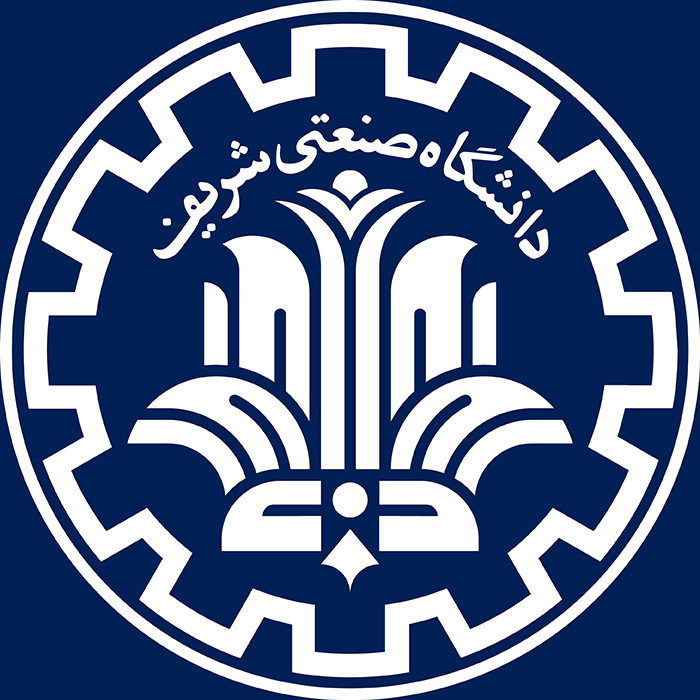Department of Materials Science and Engineering of SUT holds regular scientific webinars Department of Materials Science and Engineering of SUT held three in recent weeks. The first webinar entitled “High-Resolution Digital Image Correlation: an overview on the quantification of the strain distribution at the submicron-scale”, was held on April 6th, 2020. The instructor of this webinar was Dr. Alberto Orozco, assistant professor of Mechanical Engineering at Polytechnic University of Madrid. In this webinar, Digital Image Correlation (DIC), which is a technique generally applied to provide full-field displacement and strain maps at spatial resolutions from millimeters to hundred microns, was discussed. Moreover, two different approaches to produce suitable nonmetric patterns for HRDIC were compare and plied to different case studies. The results validated HRDIC as a powerful emergent technique for the study of strain distribution in a wide range of materials and testing conditions at the submicron scale. The second one was a webinar by Dr. Vahid Movahedi-Rad from the EPFL university, Switzerland, held on April 11th. Dr. Vahid Movahedi-Rad has a PhD degree in materials science from École polytechnique fédérale de Lausanne (EPFL) and he is specialist in production, characterization, and mechanics of different types of materials (polymers, composites, metals). Currently, he is a R&D scientist at tobii AB in Switzerland, which deals with the development of new smart glasses. His talk had three main objectives, namely, introducing the concept of the creep-fatigue interaction as the most known interaction between cyclic-and time-dependent phenomena in viscoelastic materials, (2) presenting its investigation methods, and (3) studying its effect on materials’ mechanical, thermal, and optical properties. As he put, The cyclic-dependent mechanical properties such as fatigue stiffness and hysteresis loop are mainly attributed to high frequency fatigue experiments at zero mean stress level while the time-dependent mechanical properties such as creep strain are related to the rheological deformation of the material when it is subjected to a constant external load. Cyclic-and time-dependent phenomena can interact with each other, and the degree of interaction, but also the dominance of one over the other, depends on the loading spectrum and the material type. The most recent one was a webinar by Professor Thomas Bieler from the Michigan State University, held on April 21. Professor Thomas R. Bieler earned a B.A. in Applied Mechanics at University of California at San Diego in 1978 and a M.S. in Ceramic Engineering at University of Washington (Seattle) in 1980. His research focuses on characterization of mesoscale deformation mechanisms and plasticity modeling in titanium-based alloys, tin in the context of lead-free solder joints, and high purity niobium used in superconducting particle accelerator cavities. In this webinar, he shed light on the phenomenon of slip transfer through grain boundaries, which has been simulated with atomistic simulations in a small fraction of grain boundary misorientation space. Such simulations are constrained by periodic boundary conditions, where the imposed stress tensor is necessarily simple. According to the discussions, a highly simplified geometrical approach applied at the mesoscale can be implemented into crystal plasticity finite element simulations, but this lacks the atomistic detail. Whether the atomistic detail is needed or not is an open question. To address this question, experiments and correlated mesoscale simulations under way were described in pure aluminum (using oligocrystal foil samples examined with SEM/EBSD) and pure titanium (bending experiment examined with differential aperture x-ray microscopy), and a titanium alloy polycrystal (examined with SEM/EBSD). The following webinars will be announced on the department’s website.

